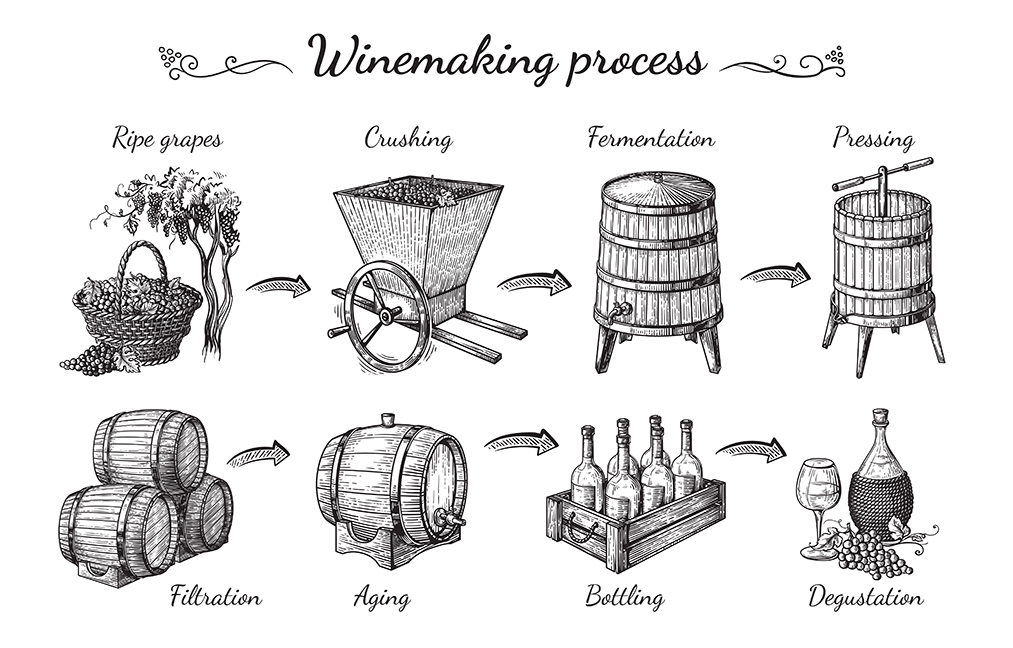Small producers of wine are a fascinating bunch. They are the ones that perhaps started out as at home “bathtub winemakers” and grew from there—like the whiz kids of the wine industry. Some learn the craft of winemaking on their own or under the watchful eye of an experienced winemaker. Still others hold prestigious degrees in enology but turn up their noses at the idea of working for one of the big wine companies.
These small producers, often fondly referred to as “garagistes,” a French word referring to winemakers who set up shop in their own garages or sheds, buy grapes from their preferred regions and seek to create the wines of their dreams. As all dreams differ, so do the wines of the garagistes.

Some garagistes aspire to create wines akin to the big, bold wines of Napa, full of fruit and tannins and California sunshine, while others idealize the wines of France and seek to create a more lean profile with subdued fruit and an earthy minerality. There’s no right or wrong in the wine world. In the great state of California, unlike in many countries of Europe, there are no rules or restrictions on what can be grown or how the growing is to take place. Where there’s a will, there’s a way. The sky’s the limit. This freedom is intoxicating to many garagistes. It’s all a matter of taste.
What most garagistes have in common is a clear commitment to quality. They are making small batches of wine, often just a few cases in total, and each bottle is a representation of their own individual vision. This is clearly other end of the spectrum of the mass produced wines from the big name companies.
Garagistes painstakingly choose from which region to purchase their fruit and work with the growers to determine exactly when they want the fruit harvested. The degree of ripeness is key. A just barely ripe grape has lower sugar and a more lean and acidic profile than an overripe or raisinated grape. Such a degree of ripe maturity in a grape presents high sugar levels and much lower acid.
In a well-made wine, the levels of sugar, acid, and alcohol must be in balance. Without enough sugar, the alcohol level of the wine won’t be high enough. If the sugar levels are too high and not balanced with the acid, the wine becomes “flabby,” like bad fruit punch, or lemonade without the pucker. The acid makes a wine refreshing. However, is the acid level is too high; the wine becomes almost painful to drink. Acidity is a vital element to the overall quality and ultimate success of a wine.
The wines of small producers or garagistes are often hard to find. They usually sell their wines direct to consumer, as in a tasting room setting or through a wine club. Because the quantities made are so small, each bottle is a prize in itself and meant to be savored not slammed.
Consumer support of small wine producers has a huge impact on the winemakers’ future. Without capital coming in, the operation must shut down. As exciting as becoming a winemaker sounds, it is not a hugely profitable endeavor. The passion to create, not financial riches, is the garagiste’s driving force. The old saying holds true: the best way to make a small fortune in the wine industry is to start with a large fortune.
This summer, don’t stick to the few tried and true wines that you always buy. Branch out a little. Seek out wines made by small producers and garagistes and experience a whole new level of enjoyment. You may just find a new favorite.
Cheers!
Leave a Reply